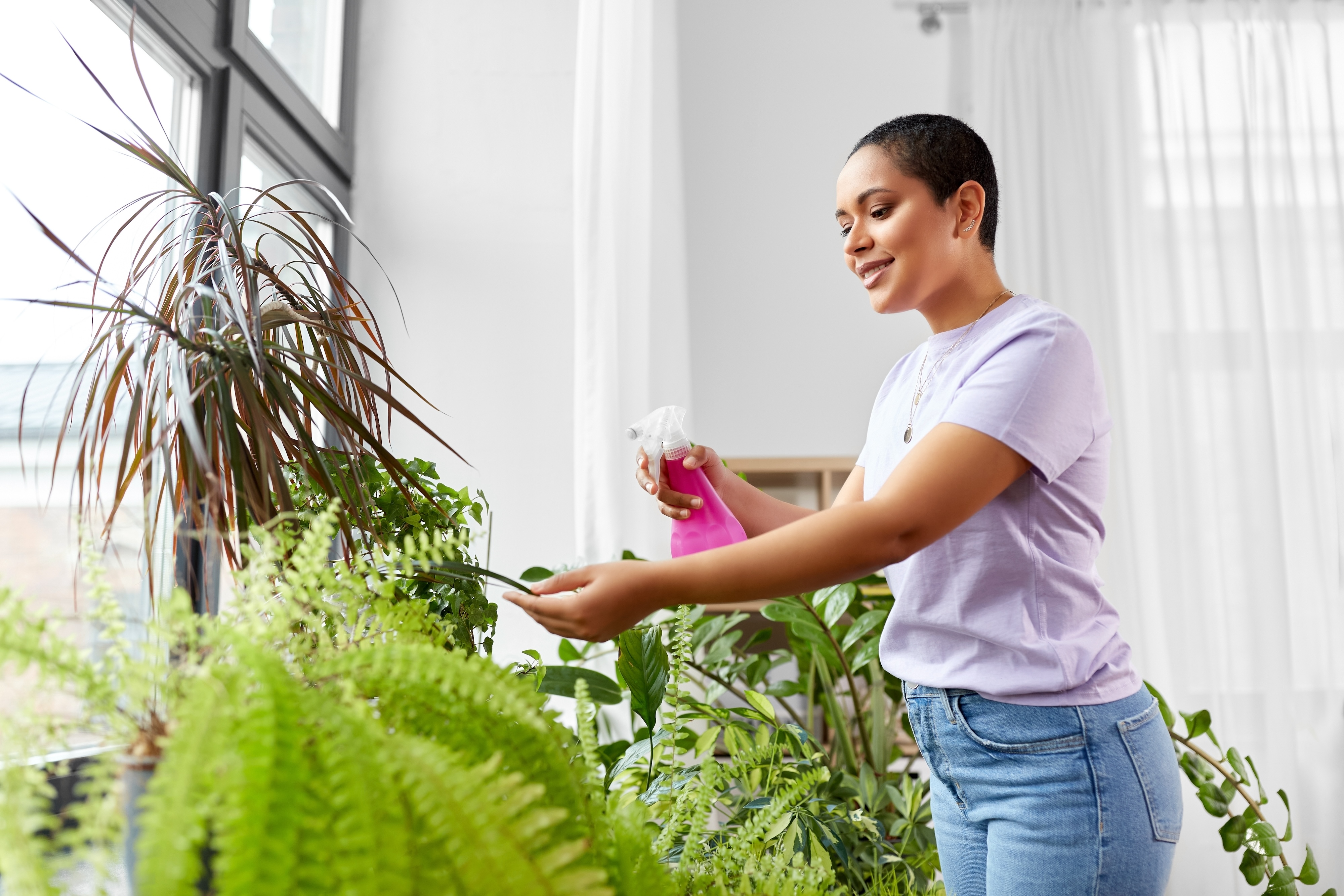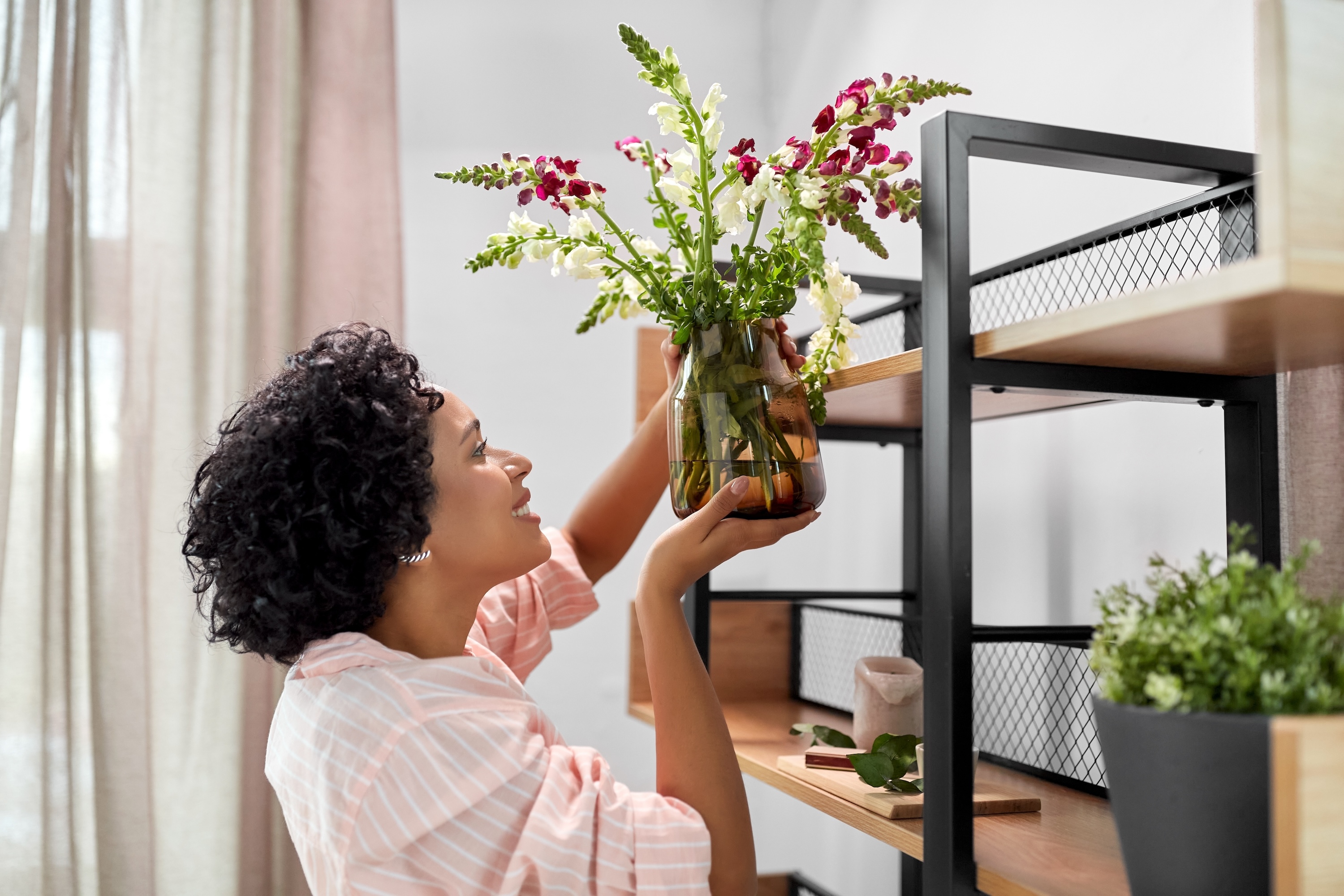How to Choose Plants That Reflect Your Personality and Boost Your Mood at Home
Walk into a room and your body reacts before your mind does. Your shoulders might drop. Your breath might slow. Or you might feel a subtle urgency you cannot quite explain. The spaces we live in influence our nervous system in real time, and plants are one of the most direct ways to shift that energy.
Interior designer Pamela Williams, founder and principal of Pamela Williams Interior Design, treats greenery as more than a styling detail. For her, plants are living tools for emotional balance, focus, and self expression. “Our outer environments mirror our inner worlds,” she says. “The greenery we are drawn to often speaks to what our spirit craves most, whether it is stillness, vitality, structure, or freedom.”
The Mood of Green
Plants carry an emotional tone. A bold monstera or fiddle leaf fig often appeals to someone in a season of growth and expansion. Trailing ivy or soft ferns tend to comfort people who are moving through transition or craving gentleness. “Color, shape, and texture communicate subconsciously,” Pamela explains. “Deep green grounds us. Silvery tones and fine textures add airiness and reflection. Large glossy leaves amplify confidence and vitality.” She sees plants as part of the same language as textiles, light, and art. A room filled with rigid lines, cool colors, and no organic life will feel very different from one with layered textures, warmth, and movement from leaves that sway when the window opens. The question she often asks clients is simple: how do you want to feel when you step into this space?
Designing For How You Want To Feel
Pamela often designs with specific emotional outcomes in mind. Instead of choosing plants only because they are popular, she matches them to the way someone wants to move through their day. “When you understand how the environment affects your nervous system, design becomes a form of wellness,” she says.
For calm, she reaches for peace lilies, ferns, or trailing pothos. Their soft lines and gentle movement help quiet visual noise and create a sense of flow. For focus, she likes snake plants and succulents. Their upright shapes and clear structure reinforce order and are especially suited to workspaces or reading corners. For joy, she brings in color through orchids or bromeliads. Their saturated tones and sculptural blooms can act almost like color therapy, lifting mood and energy. She pays close attention to the details. “Rounded or matte foliage feels soothing. Sharp or glossy leaves energize,” she explains. “The trick is to compose your green palette with the same balance you would apply to art, contrast, rhythm, and harmony.”
Rather than filling a room with plants at random, she builds a composition. A tall, confident plant might anchor a corner. Softer vines can frame a window or shelf. Smaller pieces can move in and out as the seasons, and the person, change.
Making Plant Care Feel Supportive, Not Stressful

A common fear is not having a so called green thumb. Pamela’s response is to design in a way that sets people up to succeed. “Design with systems, not struggle,” she says. That might mean grouping plants by light needs so they all thrive in the same zone rather than scattering them through the home. It might mean choosing self watering planters or hardy varieties for people who travel or work long hours.
Placement matters as well. Pamela suggests positioning plants near natural focal points such as windows, mirrors, or pieces of art. This keeps them in your line of sight, which is important both for care and for emotional effect. When you see living things in your space, you are reminded to slow down and notice. “When plants become part of the home’s rhythm, they invite mindfulness,” she says. “They remind you to look up, slow down, and breathe.”
The goal is not to turn plant care into another obligation. It is to create quiet rituals that feel grounding. Watering on a Sunday morning, wiping leaves while you listen to music, or simply checking in on new growth can all become small, stabilizing moments.
Plants As Self Expression
Pamela views design as a form of autobiography. The objects you choose tell a story about who you are and what you value. Plants are no exception. “Plants, much like personal style, are self expression in living form,” she says. “They tell your guests who you are before you speak. Let your greenery wear your mood while staying rooted in balance and intention.”
That might look like a single dramatic plant in a clean, minimal space that signals clarity and focus. It might be an assortment of varied textures and sizes that reflects a more eclectic, exploratory personality. The key, she notes, is intention. Choose plants and placement on purpose, not just to fill space.
Over time, greenery can also reflect your own evolution. As your needs change, your plant palette can change with you. A season that once called for bright, energizing blooms might eventually give way to one that invites softer, more calming shapes. The home shifts as you shift.

Growing Into A More Supportive Space
In the end, designing with plants is not about chasing trends. It is about nurturing a relationship between your inner world and your physical environment. Each leaf, stem, and bloom plays a role in how your body feels when you walk through the door.
“The home is an extension of self,” Pamela says. “When it feels balanced, you feel balanced.”
Thoughtful green design makes that balance more accessible. It turns rooms into places where your nervous system can soften, where focus comes more easily, and where joy feels a little closer to the surface. Plants are not the whole story, but they are a powerful way to begin writing a new one.








